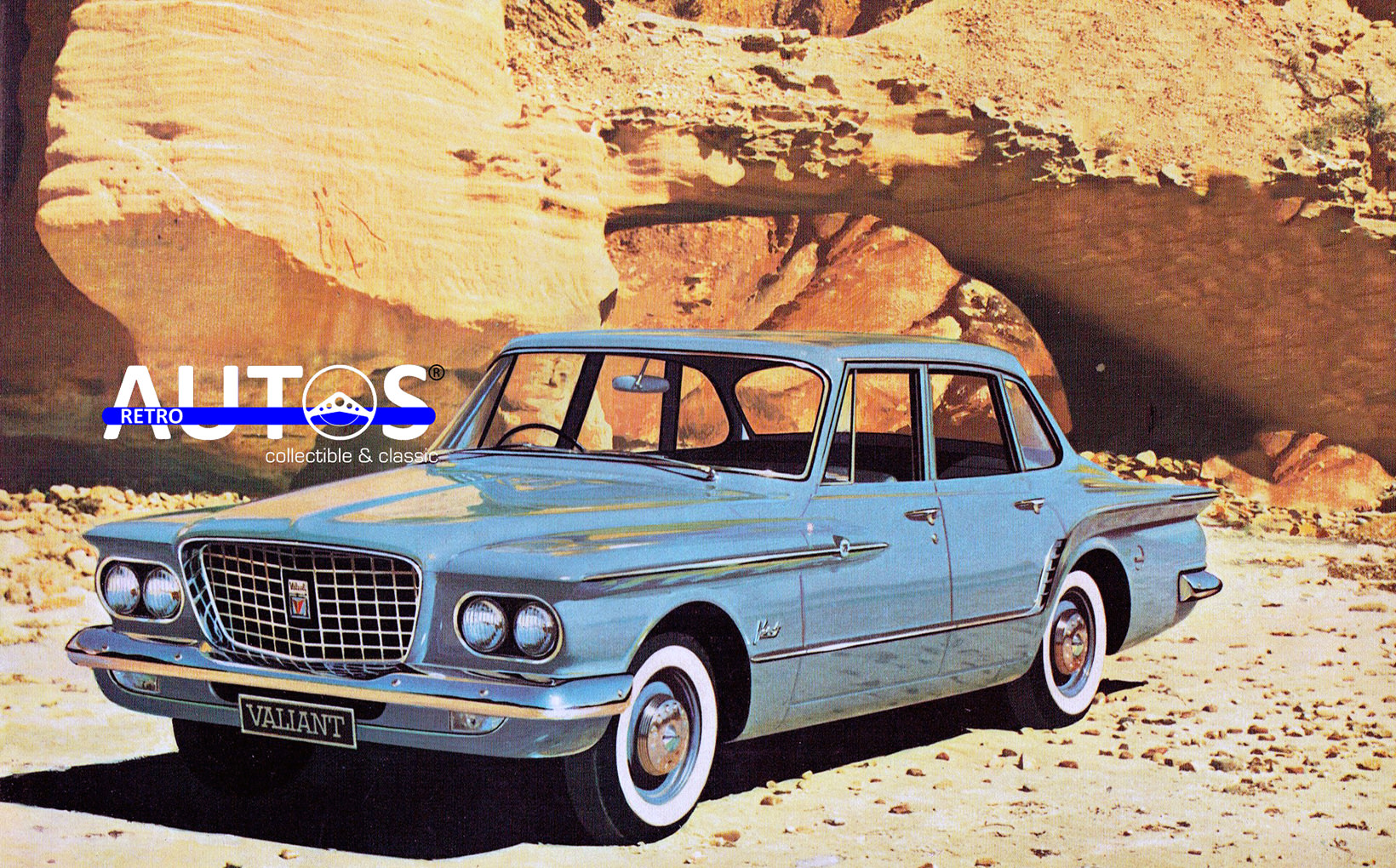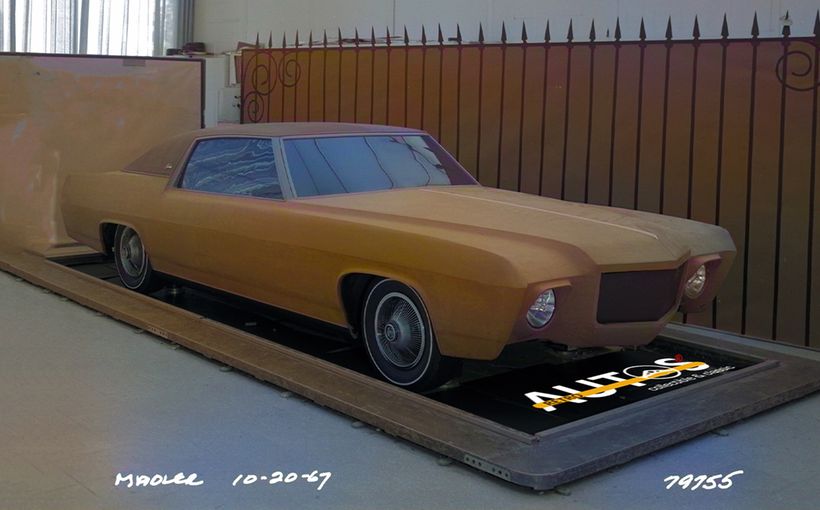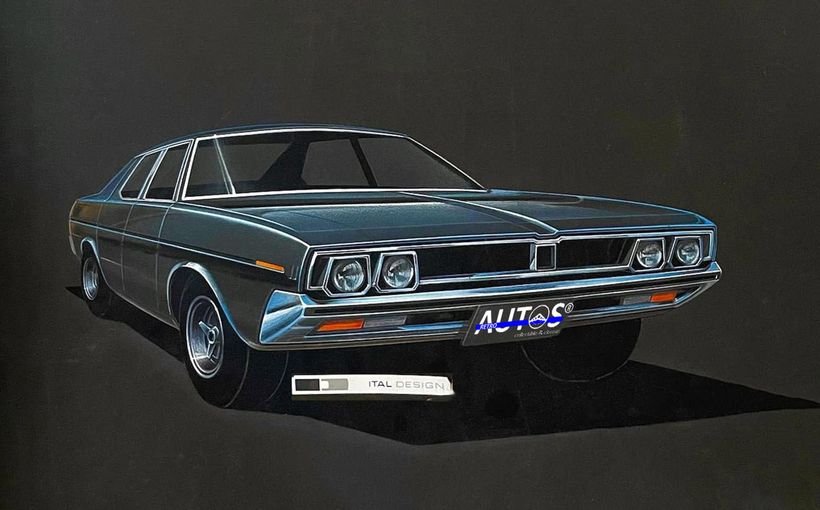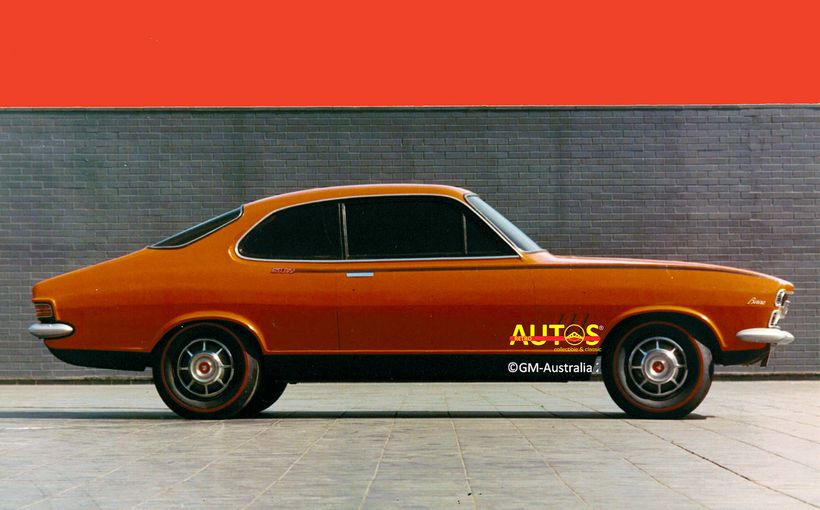R/S Valiant 60th anniversary - Powering up

1962: A Pivotal Year. Part 1
Where were you in 1962?
It was a pivotal year in Australia’s automotive history. Holden sold its one millionth car. No company had ever reached that milestone in Australia. The Datsun Bluebird went on sale, foretelling the rise of imports.
It was the year when new car buyers were bedazzled by more choices than ever before. Progressively through 1962, the “Big Four”—Chrysler, BMCA, Holden and Ford— unveiled their restyled, locally built/assembled, similarly priced, similarly sized, six-cylinder family cars. All except Chrysler offered luxury versions, appealing to those who wanted a tangible sign of success without a high price tag.




And yet, just two years earlier it had been very different. At the beginning of 1960, Holden’s FB was the overwhelming choice of those wanting an affordable, rugged and reliable family car. The company’s dealers did not have to work too hard to sell it. That its 1940s mechanicals, mid-1950s styling and pitiful performance was overlooked by 139,619 buyers that year—almost half of the market—demonstrates just how desperate we were to put one in our driveways.


Ironically, it was Holden’s commanding market share and those easy sales conquests which motivated its rivals to strive for a piece of the action. And it all came together in 1962.
It is the transformative impact of this quickening change and expanding choice which demands that 1962 become the subject of a Retroautos anniversary celebration. It is a four-part series focusing on the Big Four’s newly released cars of 1962.

The tightly grouped retail prices indicate the competitiveness of the market. The EJ Holden Special retailed for £1110 and the XL Falcon Deluxe was listed at £1130. The Austin Freeway matched the Falcon’s price. At £1255 the Valiant was the most expensive of the mainstream models. In the luxury category the EJ Premier went for £1420. Ford dealers wanted £1252 for a Futura and £1374 for the Zephyr. The Wolseley 24/80 was listed for £1225. All came with manual transmissions, except the Premier which included the HydraMatic as standard. An automatic added approximately £120-130 to the price of each model.

R/S Valiant
I begin the series with the R/S Valiant. Part two covers BMCA’s Austin Freeway and Wolseley 24/80. The EJ Holden is showcased in part three. Ford’s XL Falcon and Zephyr Mark III is featured in part four.
The R model Valiant was the first new car of 1962. It was unveiled on 18th January. The S model followed in March. For Chrysler Australia, the Valiant was the result of a get bigger or go home strategy.
Up until then, the company had been selling a patchwork of French Simcas and look-a-like DeSoto, Plymouth and Dodge brands. The three American models were combined, in 1957, into the Chrysler Royal.



A year later the Royal was supplemented by the imported and very expensive Dodge Custom, DeSoto Firesweep and Plymouth Belvedere. This line up lasted until 1960 when the Dodge Phoenix replaced the trio. This ever-changing mish-mash of marques and models generated only three to five percent market share, year after year, and was not a stable foundation for a financially sustainable future. Chrysler Australia was really a niche player, just hanging on.


In early 1960 Chrysler Australia executives travelled to Detroit to convince their American bosses that they desperately needed the company’s new American Valiant “compact” sedan. Failure to secure the Valiant meant the real likelihood of closure.

The stumbling block was that the Valiant had been engineered for left hand drive only. The changes needed to belatedly convert the car to right hand drive included pushing the engine one inch/25.4mm to the left, so the steering shaft could be accommodated, and re-routing gearbox and brake linkages. A new dashboard was developed. Best of all, the decision was made to install the 225 cubic inch/3.7 litre engine, not its smaller 170 cubic inch/2.8 litre sibling.

The hasty re-engineering is an insight into Chrysler Australia’s lack of forward planning and poor strategic thinking when the US Valiant was in development during 1957-58. Had right-hand drive been part of the original development program the car might have arrived in Australia around the same time as the 1960 XK Falcon, or earlier.
It makes me wonder about the sales of the Falcon and FB Holden had the Chrysler’s managers been alert to the opportunity, rather than wasted time and money with the high priced ultra-low volume imported DeSoto, Plymouth and Dodge configurations, which lasted a mere 18 months. In today’s money, the company lost an estimate one billion dollars of revenue by not having the Valiant on the market in early 1960. That’s the price of management inattention.

The R and S were built from completely knocked down (CKD) packs which originated in Detroit, Michigan.
Even with its delayed arrival, the car made a big impact on the Australian market when it was unveiled by South Australian Premier, Sir Thomas Playford, in Adelaide on that hot January day.

The Valiant was advertised as the “Finest of the 3”. That slogan was a variation on the famed advertisement for the 1932 Plymouth, featuring Walter P. Chrysler himself. His print advertisements urged buyers to “Look at All Three” before deciding on a Plymouth. It emphatically positioned the brand as an equal to Chevrolet and Ford.


For the Valiant, its four-word slogan made it very clear that it was a cut above the other two. The slogan also sidelined BMCA and anyone else as contenders.
The Valiant matched its slogan by offering added value for its extra cost. And one big part of that added value came in extra horsepower. The 145bhp/108kw motor boasted a stunning 95% more horsepower than the EJ Holden’s. Another point of well publicised difference was the “big car ride” of the torsion bar front suspension.


The Valiant’s standard features eclipsed those of the EJ Special and Falcon Deluxe. Up front were four headlights and down the back were reversing lights. It rolled on 14-inch wheels. An automatic choke made starting easier. An alternator replaced the generator. It matched the Falcon’s low roof line, a very noticeable five and a half inches/140mm below the Holden’s. It had 10% larger brakes than its competitors and the biggest boot, too.

Occupants were pampered, by the standards of the day, with a padded dashboard, arm rests on all doors and sun visor vanity mirror. The three-speed manual transmission was engaged via a sporty floor mounted shifter. It moved to the column with the S series. For those who chose the automatic, there was the unique privilege of selecting gears with space age push buttons. So cool.

Even though the Valiant had been on the US market for two years, the styling was still fresh to Australian eyes. It was designed during 1957-58 by Robert E. Bingham, under the leadership of Chryslers styling boss, Virgil Exner. Its shape heralded a styling theme that Exner was championing across the entire Chrysler range, called the S-Cars, and scheduled for debut in 1962. He called it the “fuselage look”.

One aspect of this theme was airplane inspired flush side window glass. As a consequence, the Valiant has the thinnest upper door frames of any car of its era, which increased the interior space to almost full-sized car dimensions. You can read more about Exner’s S-Cars, and their fate, in the September 2019 edition of Retroautos. There is a link at the end of this story.

Two years old it might have been, the Valiant’s sculptured lines ensured it stood out on local roads and driveways. Buyers were entranced. The first 1,008 R series sold out immediately. This was an unplanned success and Chrysler Australia was forced to hastily import and assemble the slightly facelifted S series. They sold all 10,009 of them.


In the meantime, the replacement for the R/S series was almost ready for release in the USA. Work on this totally re-styled model was well advanced in mid-1960 when Chrysler Australia’s executives were pleading for the Valiant.
Although it meant that Chrysler Australia would have to transition to the new shape in 1963, because there would be no more stocks of R/S parts and panels to import, the timing allowed them significant input into the styling to ensure a large boot and cheap to manufacture panels. The styling of what would become the AP5 Valiant was agreed by October 1960.

Originally it had been planned to import the AP5 via CKD packs. The surging demand for the R/S convinced Chrysler in the USA to expand local production to 50,000 units per year and fast track the construction of a new factory at Tonsley Park, Adelaide.
Legacy
So, what to make of the R/S Valiant? I believe it has three legacies.
The first is that it established a foundation which enabled Chrysler Australia to build itself from a mere niche player into number three in the market in just four years. Quite a remarkable effort.
The second is the start of a horsepower “race” that lasted for the next six decades, until the final Commodore, a red SS V8, rolled off the production line.

The third is the “invention” of an Australian automotive language. The number “225” defined the Valiant, and from 1962 onwards, engine capacity quickly became the shorthand for how we described and boasted about the performance of our locally built cars. Numbers such as 170, 179, 186, 200, 245, 250, 253, 265, 289, 302, 307, 308, 318, 327, 350 and 351 evolved into an evocative language, shared by many Australians, which is now embedded in our automotive culture.
Oh yes, 1962 was a pivotal year.
Part two of the series, in the next edition of Retroautos, will feature the Austin Freeway and Wolseley 24/80.
Retroautos is written and published by David Burrell with passion and with pride. Retroautos’ stories and images are copyrighted. Reproducing them in any format is prohibited.
Links to additional content:
Retroautos: Exner’s ill-fated 1962 S-Cars, Classic Garage R/S Valiant, Racing Garage R/S Valiant, Shannons Club TV R/S Valiant, Shannons End of an Era Part 2









